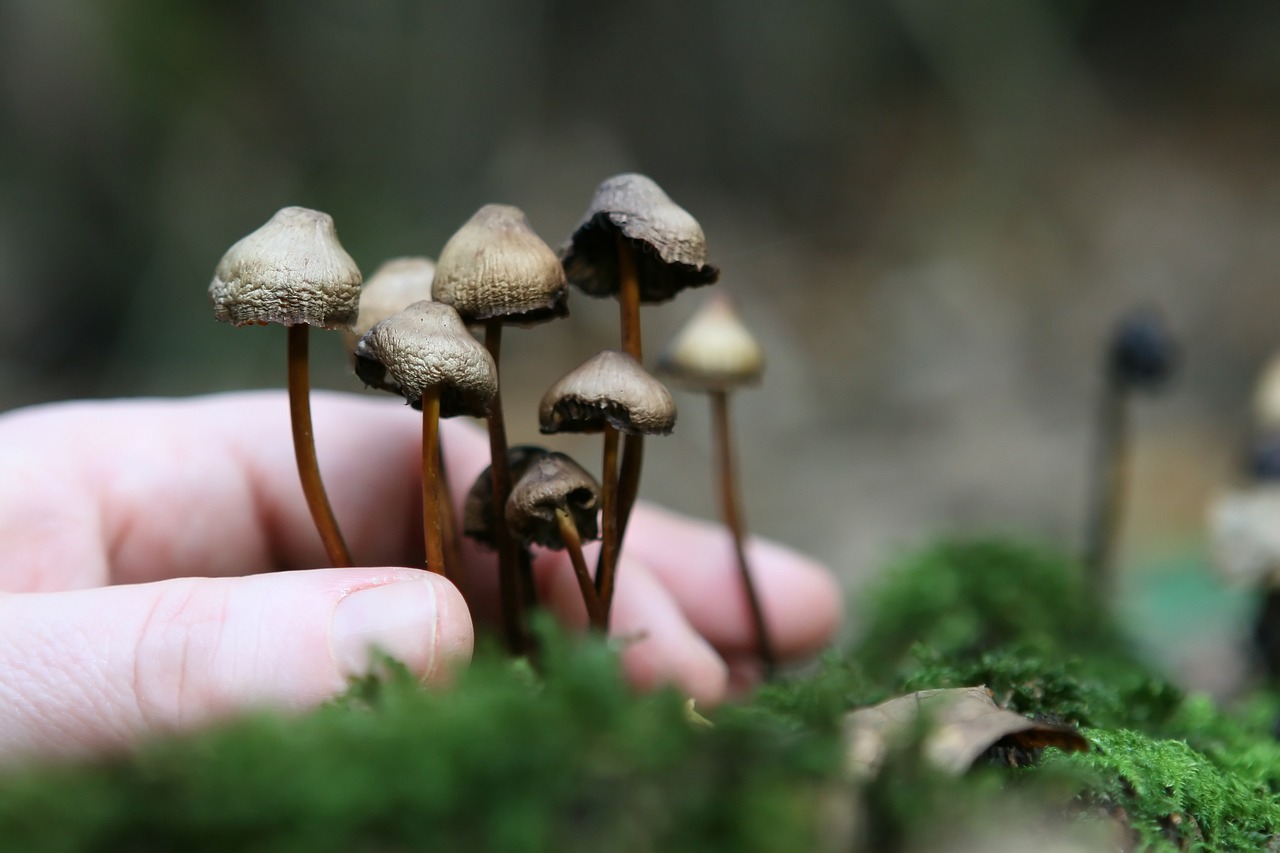Deciphering Mycelium
The root structure of fungi, Mycelium, essentially acts as the fungi’s digestive system. It actively hunts for nutrients, converts them into a usable form for the fungus, and thereby nourishes the fungus. The resulting byproduct from this process improves the quality of the surrounding soil, infusing it with essential nutrients for other plants, and forming a nutrient-rich biomass that is perfect for gardening mulch.
Beyond their function in mushroom development, mycelium networks contribute significantly to the wellbeing and growth of various terrestrial plants, including trees. For instance, a mutualistic exchange occurs between tree roots and fungi: the tree offers sugars as a carbon source to the fungus, and in return, the fungus provides the tree with crucial minerals such as nitrogen and phosphorus. Discover more about this symbiotic relationship here.
Fascinatingly, mycelium networks work like an underground communication system among plants, akin to our brain’s neural networks. Current scientific studies propose that plants and trees might have rudimentary nervous systems that fungi could potentially manipulate, impacting processes like communication, memory, and learning. Moreover, mycelium promotes soil health by decomposing organic matter and neutralizing any pollutants present.
If cultivating magic mushrooms piques your interest, it’s fundamental to understand the growth of mycelium. Although the cultivation process might be daunting for novices, learning about mycelium is a critical starting point. Even while you can always buy mushrooms from Magic Mushrooms Montreal Canada online, having knowledge about mycelium can enrich your cultivation experience.
Mycelium’s Growth Cycle
Upon encountering a growth-friendly environment, fungal spores trigger the formation of two mycelium types. The first, termed primary or monokaryotic mycelium, is distinguished by each cell having a single nucleus. This mycelium type generally remains invisible to the naked eye. The second type, known as secondary or dikaryotic mycelium, is visible and each cell houses two nuclei.
When fungal spores germinate, they give rise to an initial, or primary, mycelium known as the monokaryotic mycelium. Upon meeting another compatible monokaryotic mycelium, they can fuse to form a second stage, referred to as the dikaryotic mycelium. It is this secondary mycelium that has the ability to produce mushrooms or sclerotia.
Types of Mycelia
Mycelia can be classified into three types, two of which signify successful cultivation.
- Rhizomorphic mycelia are characterized by their string-like extensions. Recognizable due to their composition of units called hyphae, they form a network of grouped hyphae known as rhizomorphs. Rhizomorphic mycelia first expand, then send back chemical signals to the colony indicating that the area ahead is conducive for nutrient supply. The rest of the mycelia then follow. At the tip of the rhizomorphic mycelia, the hyphae release peroxidase, an enzyme that breaks down the material ahead for food. The hyphae then spread over the material, distributing nutrients throughout the colony. This type of mycelia is preferred by many cultivators because Rhizomorphic mycelia, which sprout from the substrate, have a higher chance of mushroom production.
- Tomentose, or “Fluffy” mycelia, are quite similar to Rhizomorphic mycelia, but have a unique arrangement of strands. These strands, while not immediately apparent, are certainly present. Their cotton-ball-like appearance shows that these strands are clustered together. Whether your mycelia develop tomentose or rhizomorphic traits is highly dependent on the growing environment. There’s ongoing debate among cultivators about whether the type of mycelia influences growth speed or harvest yield.
- Aerial mycelia surface when the growing conditions are less than ideal. Under such circumstances, the mycelia tend to extend outward instead of spreading over the medium or forming a sphere. Often confused with bacterial infection, this type of mycelia can obstruct your mushroom cultivation, leading to smaller, weaker mushrooms. Aerial mycelia typically occur due to inadequate fresh air exchange and excessive humidity.
Mould or Mycelium?
It’s vital to distinguish between mould and mycelium. If green, blue, grey, or black patches appear on or in your fruiting box, it’s likely that your culture is contaminated. Discolouration is a major sign. However, blue spots might just be bruises.
Cobweb moulds are typically very noticeable. Rather than the bright
The Mycelium’s white usually manifests a greyish hue and portrays a stringy, puffy appearance. Cobweb moulds and green moulds, despite being harmless to humans, may adversely impact the health of your mushrooms.
Magic Mushrooms Montreal Canada: Your Trusted Mushroom Information Hub
Consider Magic Mushrooms Montreal Canada whenever psychedelic mushrooms in Canada cross your mind. With an unwavering commitment to offering insightful information, we are here to ensure your mushroom experience is both safe and enjoyable.





